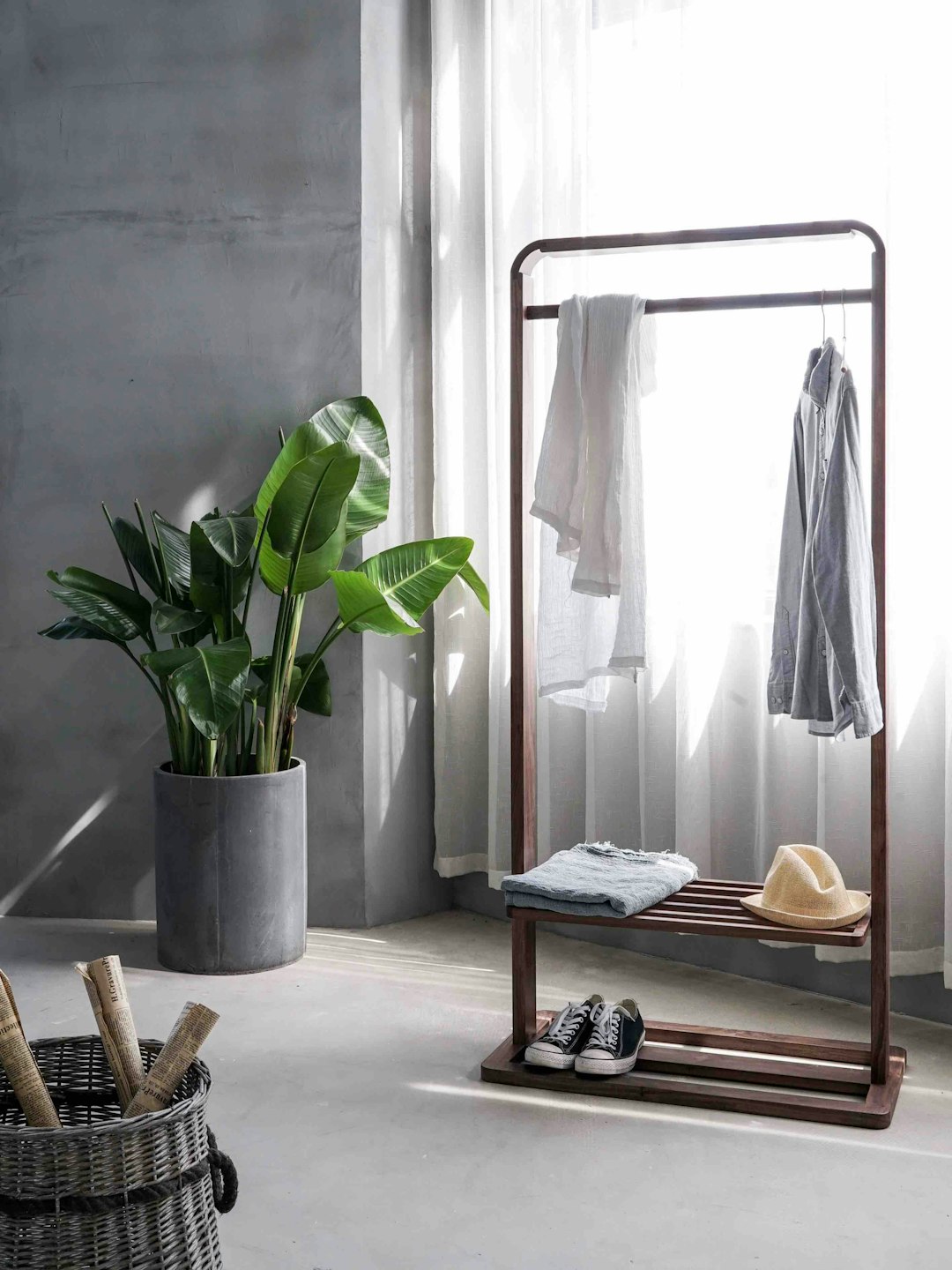SEO for Interior Designers: Strategies for Showcasing Your Portfolio and Attracting Clients
As an interior designer, your portfolio is your bread and butter. It’s the showcase of your work, skills, and expertise that sets you apart from other designers. However, in today’s digital age, simply having a beautiful portfolio isn’t enough to attract potential clients. You need to make sure it’s easily discoverable by people searching for interior design services online.
That’s where Search Engine Optimization (SEO) comes in. SEO is the process of optimizing your website and content to rank higher in search engine results pages (SERPs), making it more visible to your target audience. In this blog post, we’ll dive into the strategies you can use as an interior designer to showcase your portfolio and attract clients through SEO.
Keyword Research: Understanding Your Target Audience
Before you start optimizing your website or creating new content, it’s essential to understand who your target audience is and what keywords they’re using to search for interior design services. Tools like Google Keyword Planner, Ahrefs, or SEMrush can help you identify relevant keywords and phrases.
For example, if you specialize in kitchen design, some potential keywords might include:
* “kitchen design ideas”
* “modern kitchen layouts”
* “interior designer near me”
By understanding your target audience’s search behavior, you can create content that resonates with them and increases the chances of your website showing up in their search results.
Optimize Your Website for Interior Design
Now that you have a list of relevant keywords, it’s time to optimize your website. Here are some key areas to focus on:
* Meta tags: Update your meta title, description, and keywords with your target audience’s search terms.
* Header tags: Organize your content using header tags (H1-H6) that include your target keywords.
* Content density: Aim for a keyword density of 0.5-1.5% by incorporating relevant keywords throughout your website copy.
* Image optimization: Use descriptive alt tags and file names that include your target keywords to improve image search rankings.
Create High-Quality, Keyword-Rich Content
Your website’s content is crucial for attracting potential clients. Here are some tips to create high-quality, keyword-rich content:
* Blog posts: Write regular blog posts that showcase your expertise in interior design. Use your target keywords naturally throughout the content and include relevant images.
* Service pages: Create dedicated service pages for each area of specialization (e.g., kitchen design, bathroom design). Include descriptive headings, subheadings, and bullet points to make it easy for users to find what they’re looking for.
* Portfolio pieces: Optimize your portfolio pieces by including relevant keywords in the captions and descriptions. This will help search engines understand the content of each piece.
Local SEO: Reach Your Target Audience
As an interior designer, you likely have a local target audience. Local SEO is essential for reaching these potential clients:
* Google My Business: Claim and optimize your Google My Business listing to improve your website’s visibility in local search results.
* NAP consistency: Ensure that your business’s name, address, and phone number (NAP) are consistent across the web to build trust with users and search engines.
* Local citations: Get listed in relevant directories and citations to increase your online presence.
Measure Your Success: Track Your SEO Efforts
Finally, it’s essential to track your SEO efforts to see what’s working and what needs improvement:
* Google Analytics: Set up Google Analytics to monitor your website traffic, bounce rate, and conversion rates.
* SEO tools: Use tools like Ahrefs or SEMrush to track your keyword rankings, backlinks, and technical SEO issues.
Conclusion
By implementing these SEO strategies for interior designers, you can showcase your portfolio and attract clients who are searching for interior design services online. Remember to focus on keyword research, optimizing your website, creating high-quality content, local SEO, and measuring your success.
As the Canadian interior design firm Eikeland so eloquently puts it: “Great design is not just about aesthetics; it’s about understanding the human experience.” By optimizing your website for search engines, you can better understand what your target audience is searching for and create a more effective marketing strategy.
Start optimizing your interior design portfolio today and start attracting clients who appreciate your skills!
References:
https://eikeland.ca
